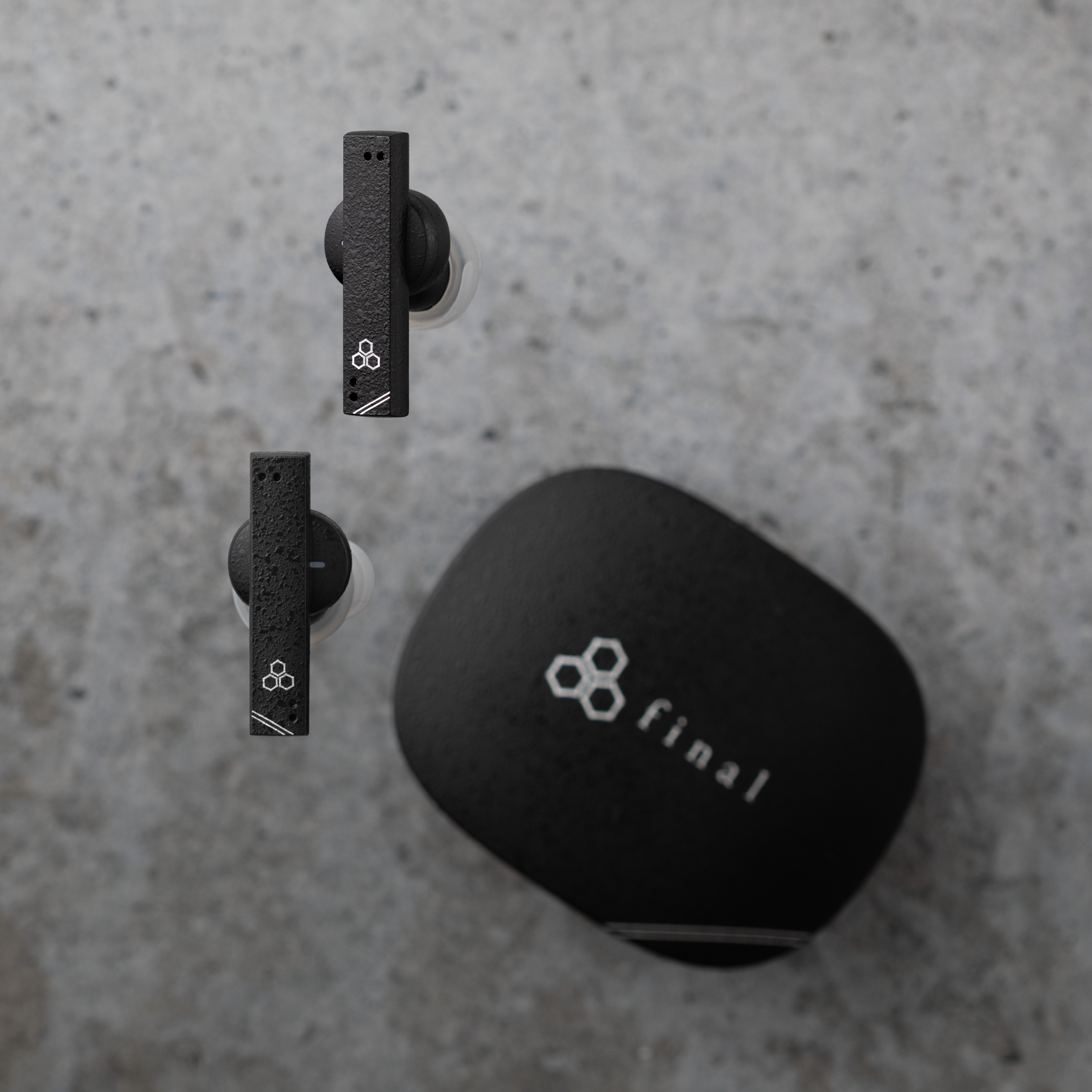In the introduction of acoustic books and literature, we will introduce books that our R & D representators are always referring to and papers that are attracting attention.
The links to the books and literature introduced are also posted, so please use it if you are interested.
The links to the books and literature introduced are also posted, so please use it if you are interested.
Kengo Ogushi
"Sound Hearing Psychology"
Seishin Shobo
2019.9.20 Issued 1
ISBN978-4-414-30015-4
http://www.seishinshobo.co.jp/book/b472740.html
"Sound Hearing Psychology"
Seishin Shobo
2019.9.20 Issued 1
ISBN978-4-414-30015-4
http://www.seishinshobo.co.jp/book/b472740.html
When choosing an audio device, many people will focus on "what kind of sound can be heard". Of course, we developers will also design and develop with emphasis on "what kind of sound can be heard". So, what kind of sound design should be designed to realize the "way of hearing the sound"? The key lies in acoustic psychology and hearing psychology.
In general, the word "acoustic hearing psychology" is rarely used, but it is called "acoustic psychology" and "hearing psychology". Although there is no clear distinction between the two, as described at the beginning of this book, "acoustic psychology" is a relationship between sound physical quantities and psychology, and "hearing psychology" reveals the hearing information processing mechanism. It tends to be used as a field that focuses on doing so. This book states that the title of "Sound Hearing Psychology" is described because it describes a wide range of contents, such as the basics of acoustic physics, the structure of hearing, and audio technology. Since then, in this introduction, the term "acoustic hearing psychology" is used in the sense that both "acoustic psychology" and "hearing psychology" are included.
In order to know how to hear sound, what kind of sound wave forms will create a psychological event after analyzing the sound as a physical waveform, understanding the structure and functions of the hearing. It is necessary to clarify how it feels). For example, in order to clarify what kind of sound can be heard, the "strength of the sound" brought by the physical phenomenon is processed in the hearing system, and the psychological phenomenon "loud of the sound". You need to know if you are perceived as "Sa. In this book, it is very easy to understand, from the basics of acoustic engineering (physics), such as frequency and sound pressure, to the structure of the external ears, middle ears, and inner ears, and how to measure psychological sounds. It is explained.
An easy -to -understand example of auditory processing is music listening. When we listen to music, it feels like a sound event that combines the direct sound and sound of multiple instruments. In addition, in the sound of music, we can feel the sound of each instrument and the sound of the space. This is the case when listening to live musical instruments directly, as well as converting an electric signal through the process of recording and listening to speakers, earphones and headphones. This book is the best way to understand why you can experience such an experience and how the hearing is processing music -like complex sounds.
Also, we usually listen to sounds with both ears. Learn not only in the three elements of sounds, "not only in the loudness, sound height, and tone, but also in this book how you use both ears to perceive the direction and distance of the sound source. You can do it. Furthermore, in the 2ch stereo speaker, the sound of the left or right speaker is listened to the left and right ears, while the headphones are heard only on the left ear, and the sound on the right is the right ear. You can also know the hearing psychological phenomenon that can be heard by the headphones that can be heard alone in this book. In addition, stereo sounds, multi -channel sounds, and large spatial sounds such as concert halls are also described with simple experimental results, gaining practical knowledge.
As a personal experience, the knowledge of acoustic hearing psychology is very useful for studying spatial perception in earphones and headphones. Based on the knowledge of acoustic hearing psychology, I guess why it can be heard (what kind of processing is happening in hearing), make a hypothesis, repeat experiments, and verify the relationship between acoustic characteristics and space perception. I am doing it. In addition to space perception, not only spatial perception, but also sound impressions such as tones, determine the sound characteristics of earphones and headphones aiming for a certain "how to hear sound", the psychological phenomenon of sound wave and the perception of sound. The relationship is based on the knowledge of acoustic hearing psychology.
As mentioned above, in the development and design of earphones and headphones, acoustic hearing psychology is an essential knowledge. For this reason, even for those who love earphones and headphones, I think that this book, which can be learned widely from the basics and history of acoustic hearing psychology to acoustic regeneration, is very interesting. What is stated in this book is that it overlaps with the content of the sound course held by FINAL in the past, so it is recommended for those who want to review the course and those who want to know more details. 。
Black





